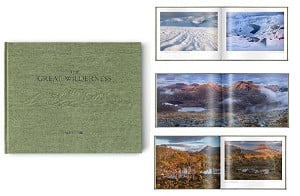
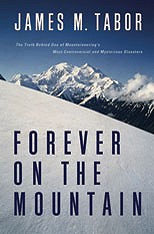
Published by WW Norton New York, July 2007. (www.wwnorton.com)
Hardcover: ISBN 978-0-393-06174-1; 6" x 9"; 400 pages; Sports/Adventure
Winner, 2007 National Outdoor Book Award for History/Biography.
Winner, 2007 Banff Mountain Festival Book Awards Grand Prize Shortlisted for the 2007 Boardman Tasker Award.
Author's website: www.jamesmtabor.com

From the very beginning the expedition had problems when the National Park Service insisted that a permit would only be given if teams were deemed to be sufficiently large to carry the necessary provisions up the mountain. And so two quite disparate teams consisting of three mountaineers led by Howard Snyder were given no option but to join a team of nine led by Joe Wilcox, a young mountaineer with considerable experience. Wilcox was elected the overall leader and the expedition set out in June 1967. Undoubtedly Wilcox and Snyder did not see eye to eye and Wilcox's problems only increased when he crossed swords with Brad Washburn, one of the most widely respected pioneers of climbing on Denali.
Through extensive interviews with survivors and access to many of the original documents, Tabor brings alive the progress of the expedition which in those days was little short of Himalayan proportions. A total of 38 miles from the ranger camp to the summit with more than 18,000 feet of ascent gives some impression of the vast scale of this mountain. Apart from some help with mules at the beginning of the walk-in the twelve men had to make numerous repeat carries between camps in order to establish the seven camps in preparation for the summit attempt. Even today, with teams being flown in to an altitude of 7,000 feet, the average climb still takes three weeks.
After several weeks Joe Wilcox and the Snyder team got to the summit then descended to camp seven to give the remaining climbers their chance. It's likely that they got to the top but as no bodies or diaries were ever found Tabor speculates as to what befell the stricken party when the worst storm in living memory hit the mountain.
Back down at the National Park Station a junior ranger, Wayne Merry, tried repeatedly to galvanise his superiors into initiating a rescue but it was only when the storm abated after ten days that the National Park Service belatedly initiated a rescue attempt. Merry, who was on the first ascent of Yosemites El Cap's Nose route went on to become chief ranger at Olympic and Mount McKinley National Parks, and is a respected authority in Search and Rescue.
Tabor courageously shows, through his forensic analysis of contemporary documents, how the authorities banded together to protect themselves from criticism by laying much of the blame for the disaster on Wilcox's shoulders. He comes to the conclusion that although Wilcox made some mistakes he was not ultimately to blame for the disaster. The duration and severity of the storm was unprecedented and it is doubtful that anyone could have survived.
Much of the interest of the book lies in Tabor's interviews with the survivors, all of whom became high achievers in their respective fields. Intriguingly Tabor even managed to interview the 94 year old Brad Washburn shortly before his death in 2007.
Although this is James Tabor's first book he is a regular contributor to outdoor publications in America and writer and executive producer for a TV series on caving and the great outdoors. His meticulous research on a subject close to his heart gives pace to book which is never slowed down by references to his extensive source material.
Even if Denali is not on your wish list, this book is a thoroughly rewarding read, giving fresh insights into one of the most controversial accidents in recent American climbing history.
Read an interview with James Tabor, including questions such as "If there's a Forever On The Mountain movie, who should play Joe and Howard? " at jamesmtabor.com
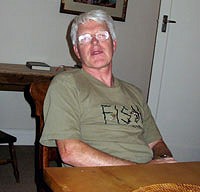

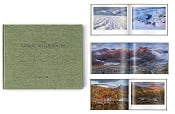
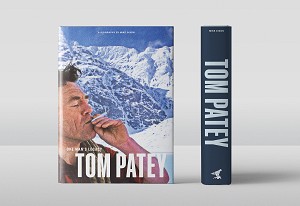
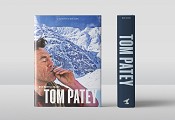

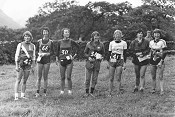

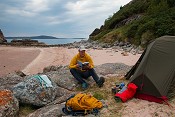
Comments